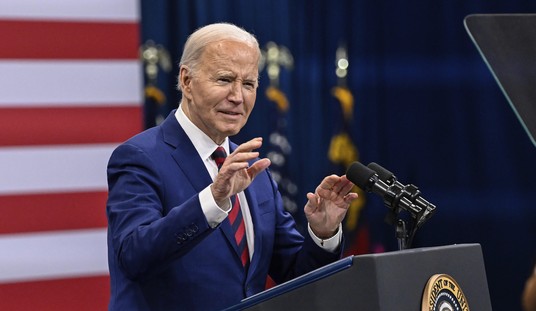The President insists on tax increases, and the Republicans insist on no tax increases.
The House Majority Leader insists on cuts greater than any debt ceiling increase, and the House Minority Leader insists on no entitlement changes.
The Senate Minority Leader proposes ceding Congress’ authority to the President to determine where the cuts will be, in the hope that he will also own the political fallout.
It’s a stalemate, and the world financial markets watch expectantly but nervously for some sign of a responsible solution.
The Wall Street Journal reported that “the cost to insure U.S. sovereign debt against default rose nearly 8% Thursday after Moody's Investors Service said it was reviewing the nation's top-notch Aaa credit rating for potential downgrade in after-market hours Wednesday.”
Amidst all of this posturing, there is only one real plan: The Cut, Cap and Balance Act, introduced in the Senate last week and likely to be introduced in the House on Friday.
It would cut substantially next year’s projected deficit, institute statutory spending caps and require Congress pass and send to the states a balanced budget amendment to the U.S. Constitution that has real teeth as the price of debt ceiling increase.
It and it alone offers the prospect of a permanent fix that would satisfy the ratings agencies.
The story of the development of the Cut, Cap and Balance Act is almost as interesting as the Act itself.
Originating as three separate, related policy proposals supported by over 100 Members of Congress, it then grew into a Pledge, in which the three elements were linked as a single set of pre-conditions.
Recommended
Lawmakers who signed it pledged not to support a debt ceiling increase unless all three pre-conditions were met.
A Cut Cap Balance Pledge Coalition was formed, and it quickly grew to over 200 groups, both Tea Party and non-Tea Party, making it the largest-ever coalition of outside groups focused on a single issue.
All Pledge signers to date have been Republicans, in large part because Democrats traditionally have opposed a Balanced Budget Amendment -- the one element of the plan that requires a two-thirds majority of Congress to pass.
Substantial numbers of Democrats would be required to reach the two-thirds thresholds, and even though the Balanced Budget Amendment is supported by 80 percent of the voting public, many Democrats remain reluctant to support it.
The Cut Cap and Balance Act took the three elements of the original plan and pledge and turned them into a specific piece of legislation, but with a unique twist. Instead of requiring that all three pre-conditions be met before voting on a debt ceiling increase, this new bill actually includes the $2.4 trillion debt ceiling increase that Democrats want, but conditions it on Congressional passage of the Balanced Budget Amendment. The Cut Cap and Balance Act would only require simple majorities to pass, not two-thirds (although it might require 60 votes in the Senate). Once passed, the pre-approved debt ceiling increase would sit there like a ripe plum, [PR1] ready for the plucking but inaccessible, until the Balanced Budget Amendment is passed. This would give Democrats an incentive to support the BBA they now do not have, in spite of overwhelming public support for it. And it would give Republicans the holy grail of fiscal responsibility, a strong Balanced Budget Amendment that cannot be easily watered down by successive Congresses the way that a package of budget and program cuts can be diluted.
Voters, whether Republican, Independent or Democrat, are tired of accounting tricks and typical Washington deals. They understand that the solution, the real solution, is a simple one: to forcibly change the way Congress does its business.
The Cut Cap and Balance Act is such a solution.
It has already garnered more than thirty co-sponsors in the Senate, and is expected to be introduced in the House on Friday.
It’s what America wants and, more important, it’s what America needs, because it is the only plan that puts unsustainable spending and borrowing on a path to sustainability.
That is what the financial markets – and the voting public – demand, and rightly so.

























Join the conversation as a VIP Member